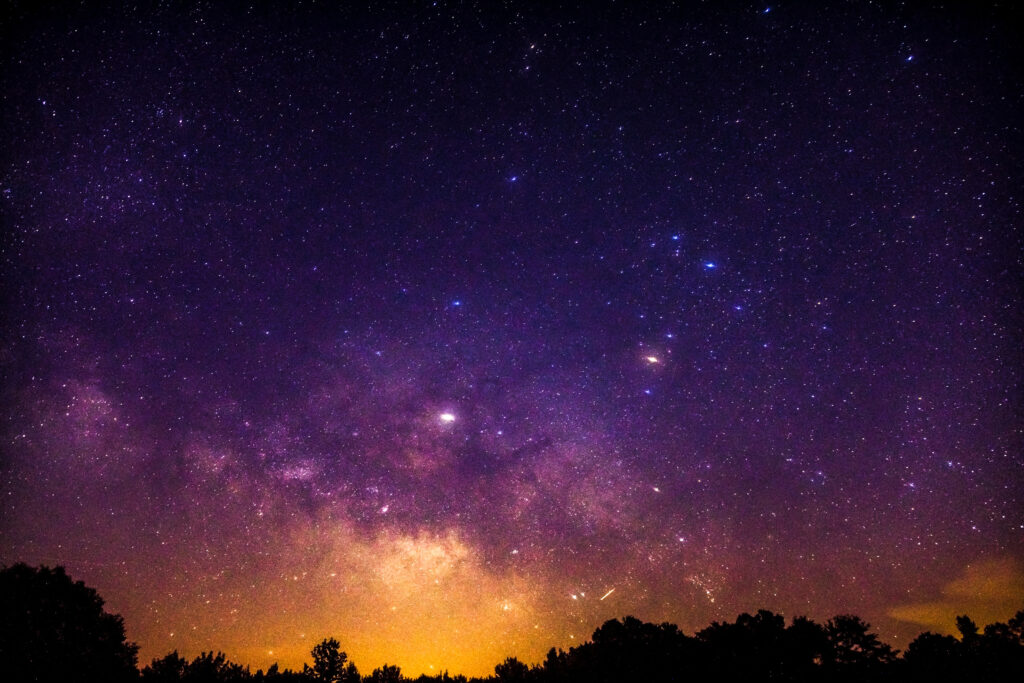When the Heat Doesn’t Let Up After Sunset
When most people think of heat waves, they picture blazing sunshine, triple-digit daytime temperatures, and sweltering afternoons. But what often gets overlooked is one of the most dangerous parts of a heat wave: the nighttime heat. In recent years, scientists and public health experts have raised alarms about how elevated overnight temperatures—a growing trend linked to climate change—can significantly increase the risk of heat-related illness and death.
During a typical day, the body uses cooler nighttime temperatures to recover and regulate itself after exposure to high heat. But when nights stay unusually warm—especially above 75°F—our bodies get no real break. This sustained heat, hour after hour, puts constant stress on the cardiovascular and respiratory systems, making it especially hazardous for vulnerable groups like the elderly, children, and people with chronic health conditions.
Why Hot Nights Are a Growing Problem
Across the U.S., nighttime lows are rising faster than daytime highs, and it’s a trend being observed worldwide. Urban areas are hit hardest due to the “urban heat island effect,” where buildings, asphalt, and concrete absorb heat during the day and release it slowly at night. This means city dwellers can face dangerously warm nights even when rural areas nearby cool off more quickly.
A single hot day can be uncomfortable, but a string of hot nights can be deadly. Prolonged periods without relief increase the risk of heat exhaustion, heatstroke, and dehydration, especially for those who can’t afford air conditioning or live in poorly ventilated spaces.
The Health Risks You Might Not Notice Right Away
One of the most insidious aspects of hot nights is that their effects are less obvious—but more persistent. People may sleep poorly, if at all, during extended warm nights, leading to fatigue and decreased immune function. The combination of poor rest and sustained body heat can lead to slower recovery, elevated heart rates, and worsening symptoms in those with pre-existing medical conditions.
In severe cases, the danger can escalate quickly. Emergency rooms often see an increase in heat-related admissions during stretches of warm nights—especially during multi-day heat waves. These deaths and illnesses can fly under the radar, often occurring indoors and without dramatic warning signs.
Why Monitoring Nighttime Temps Matters
Many cities now include overnight lows in heat advisories, and for good reason. Forecasts that emphasize only daytime highs may leave people unprepared for the full scope of risk. By monitoring nighttime temperatures and taking them seriously, people can make better decisions about staying hydrated, using cooling strategies, and checking on vulnerable friends and family.
Public cooling centers, fans, hydration programs, and awareness campaigns are becoming more common—but they often focus on the daytime heat. Experts now stress that the same attention needs to be paid to what happens after dark, especially as climate change continues to drive up nighttime lows across the globe.
How to Stay Safe When Nights Stay Hot
During a heat wave, it’s not enough to stay cool during the day—your safety at night matters just as much. If air conditioning isn’t available, using fans, taking cool showers, sleeping with damp towels or sheets, and staying hydrated can all help your body manage the heat.
And remember: never underestimate the cumulative effect of heat. When the thermometer doesn’t drop at night, your risk goes up—whether you feel it right away or not. Staying informed, planning ahead, and taking night heat seriously can help you and your loved ones weather the next big heat wave more safely.


